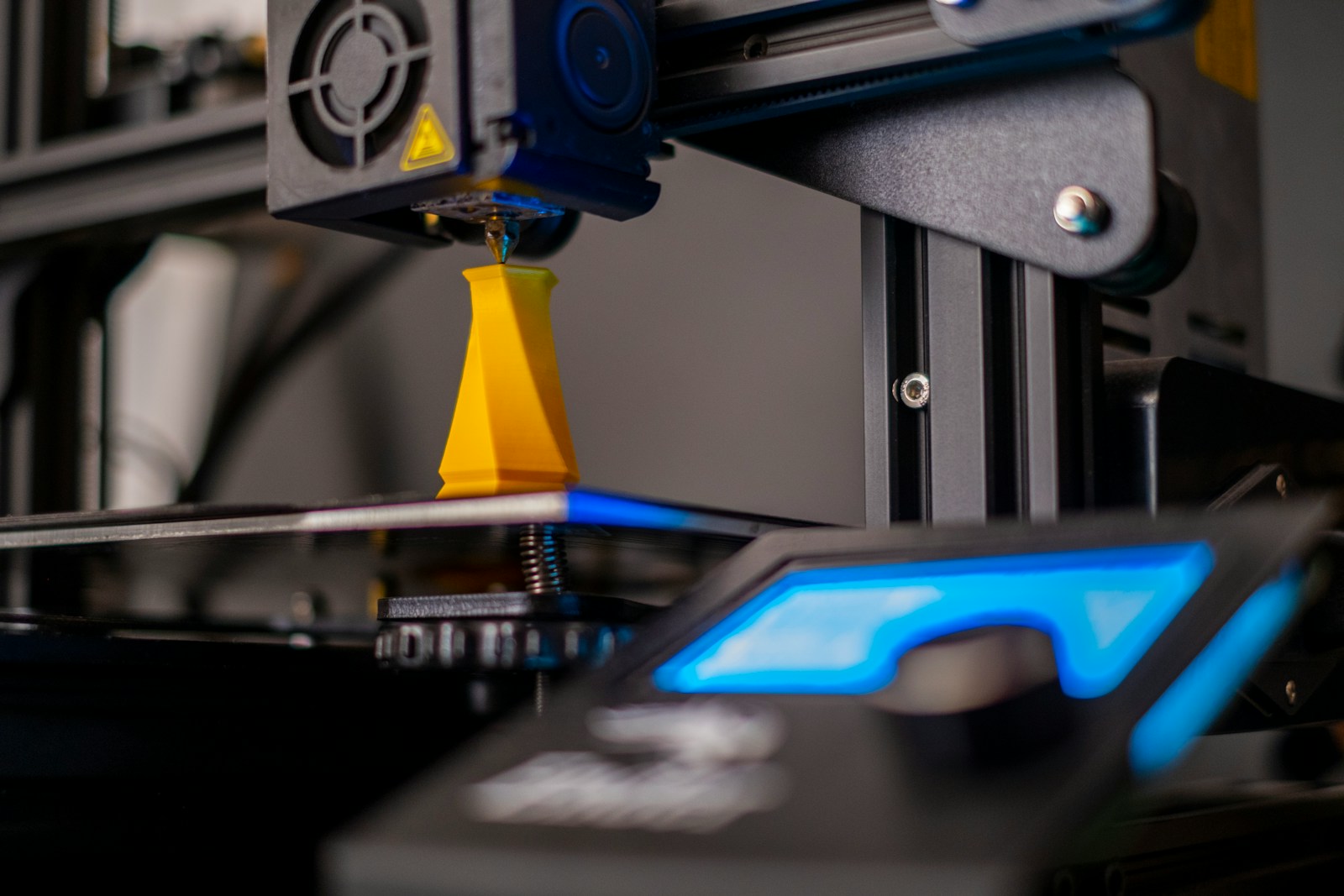Biology
-

The true origin of Tea – Burma
While Chinese history books proudly claim tea drinking began over 3,000 years ago, the evidence tells a more complex—and tastier—story. In Myanmar, tea isn’t just sipped; it’s eaten, fermented, tossed into salads, and woven into daily meals in ways China never imagined. The famed lahpet—fermented tea leaves mixed with garlic, nuts, and spices—isn’t a culinary…
-

Hibernation in bears 🐻
Hibernation is a remarkable survival mechanism employed by many mammals to endure periods of extreme environmental stress. While a variety of species hibernate, the process in bears stands out as uniquely adapted to their physiology and ecological niche. Unlike smaller mammals that enter a state of “true hibernation,” characterized by dramatic drops in body temperature…
-

Hibernation in mammals
Understanding hibernation could revolutionize medical fields such as trauma care and organ transplantation. The ability to induce hibernation-like states in humans may extend the viability of organs for transplantation and improve outcomes for critically ill patients (Drew et al., 2007). Hibernation research has implications for long-term space travel. Mimicking hibernation in astronauts could reduce resource…
-

3D Organ printing and regenerative medicine
By
Introduction 3D organ printing, also known as bioprinting, is a revolutionary technology that has emerged as a powerful tool in regenerative medicine. By enabling the precise deposition of cells, biomaterials, and bioactive molecules, bioprinting allows for the creation of complex tissue constructs and functional organs. This technology addresses critical challenges in healthcare, such as organ…
-

Effect of audio on human cells
Studies indicate that sound, particularly music, can influence cell viability, motility, and gene expression across various cell types. This response is not limited to auditory cells; non-auditory cells also exhibit significant reactions to sound stimuli. Sound can effect on cell viability, mechanotransduction, and physiological responses, highlighting the potential therapeutic applications of these findings. Effects on…
-

Frequency illusion and cognitive perception
By
in BiologyIn an era of information overload, human perception is shaped by cognitive biases that filter and prioritize stimuli. One such cognitive bias is the frequency illusion, also known as the Baader-Meinhof phenomenon, which occurs when newly learned information seems to appear repeatedly in a short period. While this experience may seem like an increase in…
-
Habit reinforcement
By
Beyond the practical benefits of forming habits, such as improved health or productivity, there are also psychological and physiological benefits. The process of habit formation can boost self-esteem and confidence. Successfully sticking to a new habit reinforces the belief that change is possible, which can create a positive feedback loop that encourages further success. Physiologically,…
-

Evolution of the eight-hour sleep
The sleep habits of historical figures in science offer a fascinating glimpse into the variability of sleep needs and patterns. Albert Einstein and Nikola Tesla are two prominent physicists whose approaches to sleep differed significantly, reflecting their unique personalities and work habits. Albert Einstein is often cited as a proponent of extended sleep. Biographical accounts…
-

Hermaphroditism in nature
Hermaphroditism in nature is a fascinating reproductive strategy where an organism possesses both male and female reproductive organs, allowing it to produce both sperm and eggs. This phenomenon is observed across a diverse range of species, including plants, invertebrates, and some vertebrates. Hermaphroditism can be advantageous in environments where mates are scarce, enabling individuals to…
